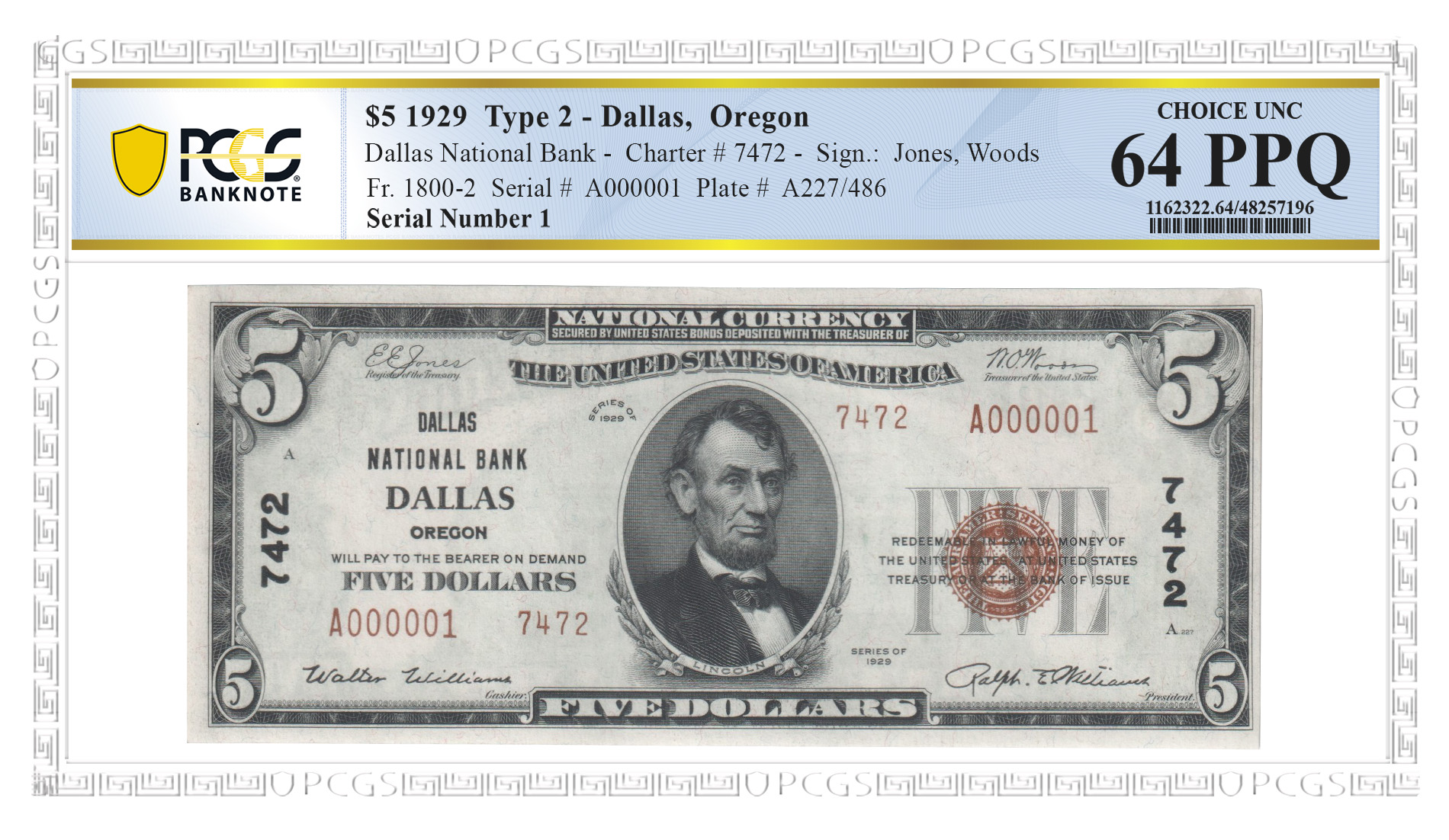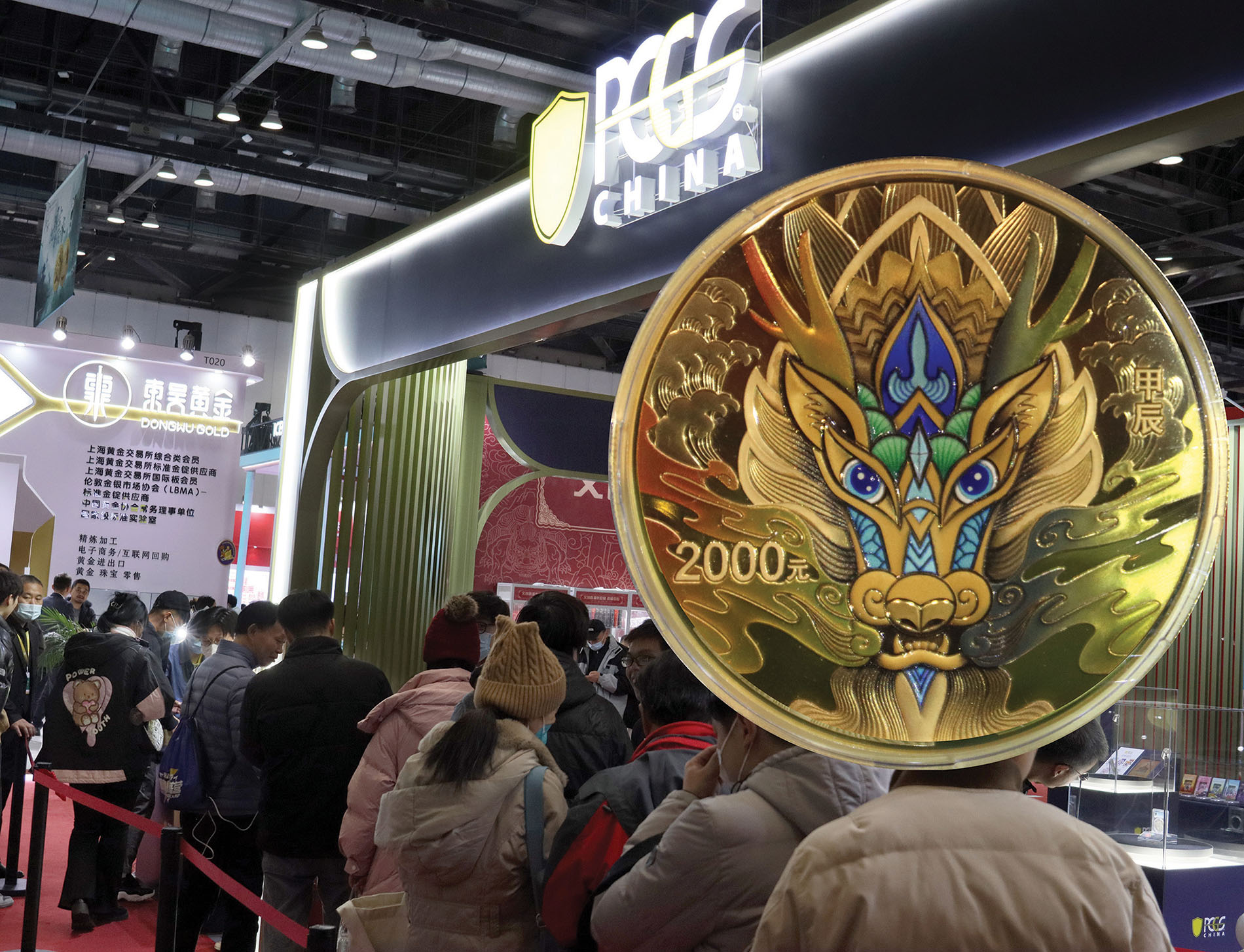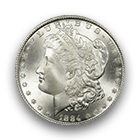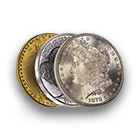August 8 marks National Dollar Day in the United States, and for many, the first image that comes to mind are the notes featuring George Washington. It’s pretty easy to understand why, considering the overall design of the $1 bill has not changed that much in generations. And, think about it – when was the last time you used a dollar coin in commerce, and how did that interaction go? I can’t recall ever using a U.S. dollar coin to make a purchase, and many of the people I spoke to couldn’t either. The one person I did find that could remember using one said it had been roughly 10 years, and the cashier had to ask their manager if they could accept it. Prior to that, the last time they used one in commerce was likely another 40 years earlier when casinos still paid out silver dollars from slot machines. While it would appear the time of using a dollar coin in a store is all but gone, the popularity and awareness of dollar coins is still very high with collectors.
To that point we have to look back less than one week ago when PCGS released their guidelines for submitting 2023 Peace Dollars so that the limited number of pieces struck by U.S. Mint Director Ventris C. Gibson could also have their accompanying certificates of authenticity encapsulated. Within days of their release forums and social media sites were filled with posts from numismatists hoping to find one of these special strikes.
A look at the all-time highest auction prices realized for PCGS-graded coins reveals the importance and historic popularity of dollar coins, with nine of the top 20 most-valuable lots being the aforementioned denomination. The PCGS SP66 example pictured above occupied the top spot for eight years before being dethroned in 2021 by the 1933 Double Eagle.
So, if both collectors and the U.S. Mint seem to have an affinity for dollar coins, why don’t we see them as often as we do cents, nickels, dimes, and quarters? Ease of use, or lack thereof, is a prevailing theory. When the Ike Dollar made its circulation debut in 1971, most cash registers did not have slots for the denomination, making it inconvenient for employees and customers alike. Then there’s the issue of carrying around the weight of these coins as opposed to an equal number of their paper counterparts, and of course the ease of change falling out of pockets. Additionally, the design honors both a president and significant event in world history leading many to collect rather than spend, with millions across the Philadelphia and Denver issues existing in Mint State condition.
Another major factor for why dollar coins were not adopted in more modern times, despite multiple efforts, is the availability of dollar bills. Had these notes been withdrawn, or the Bureau of Engraving and Printing stopped producing them as some other countries have, we may be wondering today when the last time was that we used a paper dollar. With that said, collecting interest in United States banknotes is very evident. In fact, our most-read article to date in 2023 is actually “What Are 1957 $1 Silver Certificates Worth?” published in October of 2020 – it leads the second-most-read article by a mile. That second-most-read piece? Appropriately enough for this day “How to Tell Type 1 and Type 2 Bicentennial Dollars Apart.”










 Copper & Nickel
Copper & Nickel
 Silver Coins
Silver Coins
 Gold Coins
Gold Coins
 Commemoratives
Commemoratives
 Others
Others
 Bullion
Bullion
 World
World
 Coin Market
Coin Market
 Auctions
Auctions
 Coin Collecting
Coin Collecting
 PCGS News
PCGS News